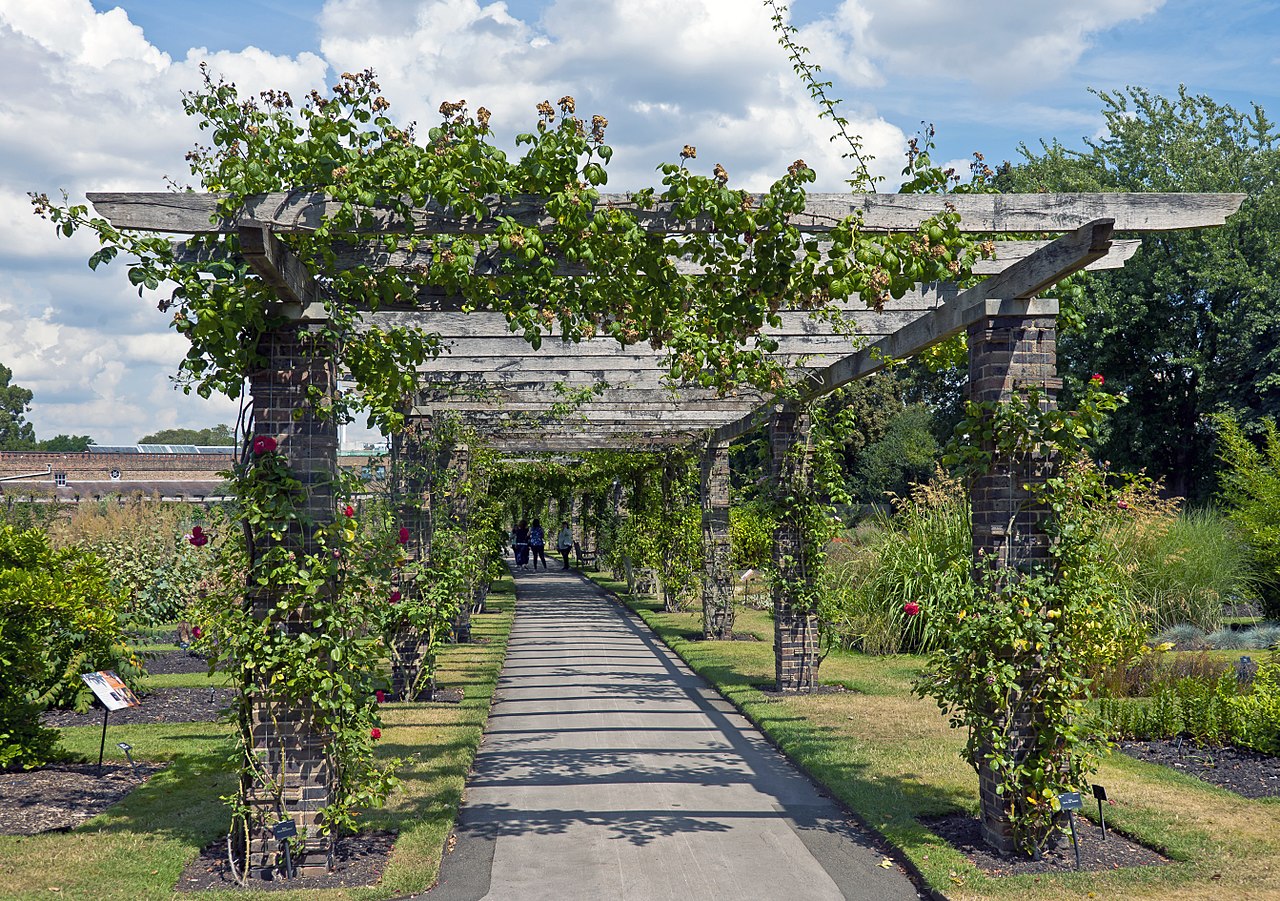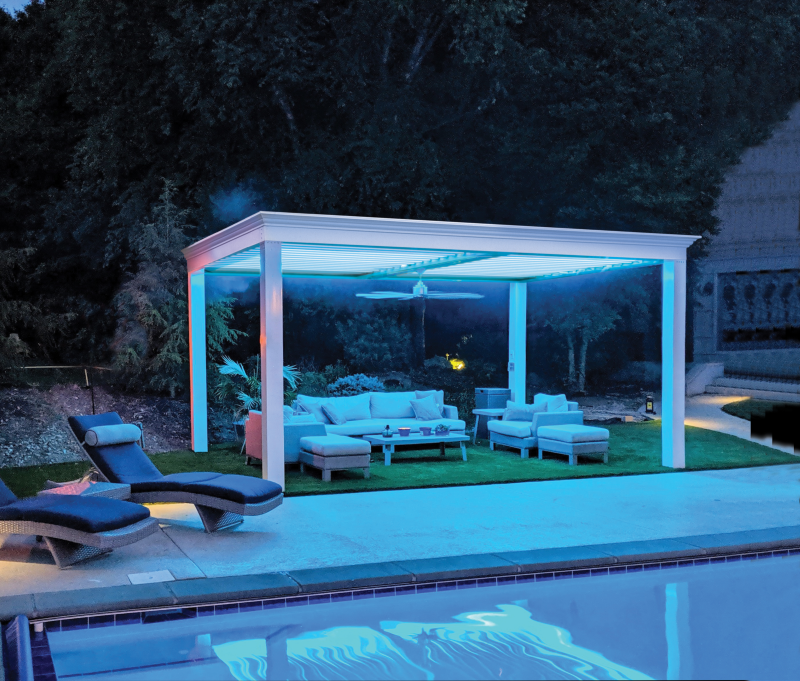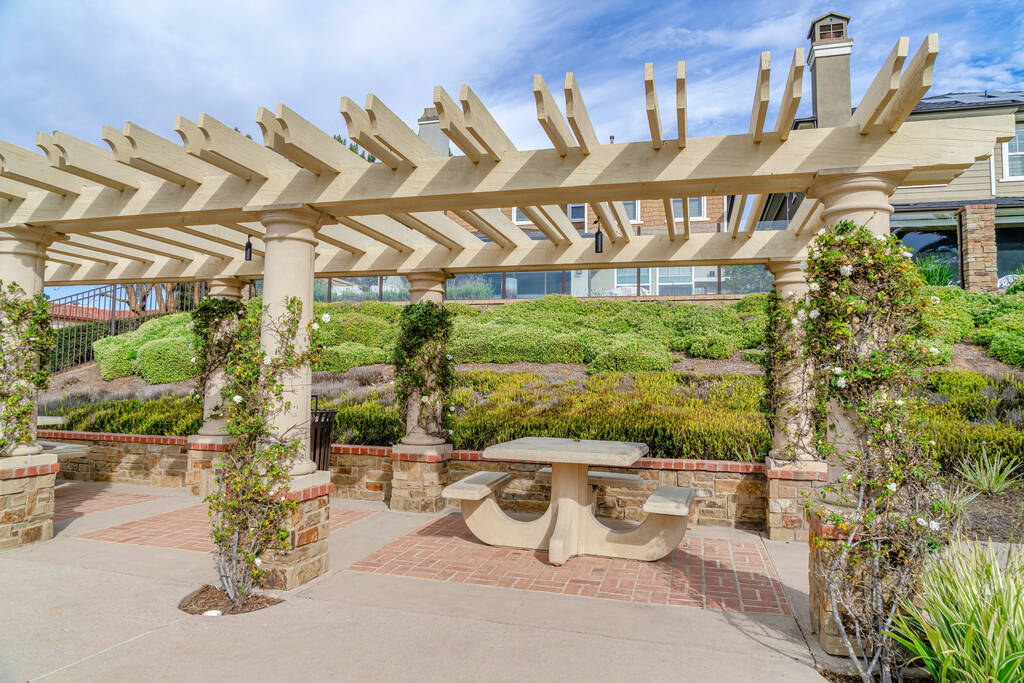Pergolas have a history as rich and diverse as the gardens they often grace. These architectural features have evolved over centuries, adapting to changing tastes, technologies, and landscapes. From their ancient origins to the modern pergola for yard, the story of pergolas is a fascinating journey through time and design.

Rose Pergola in the Order Beds at Kew Gardens
Ancient Beginnings
The origins of pergolas can be traced back to ancient civilizations, where they served both practical and aesthetic purposes. In ancient Egypt, for example, pergola-like structures were used to support climbing plants and provide shade in gardens. The Greeks incorporated pergolas into their outdoor spaces, often adorning them with vines and lush foliage. These early versions of pergolas showcased the rudimentary yet functional design that would lay the foundation for future developments.
Roman Elegance
The Romans took the concept of the pergola to new heights of sophistication. They were masters of architecture and engineering, and their pergolas reflected this expertise. Roman pergolas featured intricately carved columns, elaborate mosaics, and stone foundations. They were used not only in gardens but also as transitional elements between indoor and outdoor spaces, creating a sense of grandeur and connection to nature.
Medieval Mystique
As Europe entered the medieval period, pergolas transformed to suit the changing architectural styles and social norms. During this time, pergolas often served as enclosed walkways, connecting different parts of a castle or estate. These covered passageways, known as cloisters, were adorned with decorative arches as well as religious motifs. Pergolas became not only functional but also symbolic, representing the connection between earthly and divine realms.
Renaissance Pergola
The Renaissance brought a revival of classical architecture and a renewed interest in the beauty of outdoor spaces. Pergolas once again evolved, with the designs becoming more ornate and elaborate. They featured sculpted columns, balustrades, and convoluted latticework. Renaissance gardens were designed as works of art, and pergolas played a central role in creating the illusion of a harmonious, natural landscape.
Modern Adaptations
The Industrial Revolution and the expansion of cities in the 19th century led to changes in garden design and the role of pergolas. As people moved to urban areas, smaller gardens became more common, and pergolas were adapted to fit these limited spaces. Iron and steel replaced traditional wood, allowing for more intricate and lightweight designs.
Contemporary Pergolas
Today, pergolas continue to evolve and adapt to modern lifestyles. They have become popular additions to your property, providing outdoor living spaces for relaxation and entertainment, and adding value to your home. Modern pergolas often feature adjustable louvers, integrated lighting, and even heating elements, making them usable year-round. Sustainable materials and eco-friendly design principles have also become important considerations in the construction of contemporary pergolas.
Final Thought

From their humble beginnings in ancient civilizations to their modern adaptability, pergolas have remained a symbol of beauty, functionality, and the harmonious blending of nature and architecture. Whether you prefer a classic design that harkens back to ancient times or a sleek, modern interpretation, the pergola continues to be a versatile and timeless addition to outdoor spaces, providing shade, style, and a connection to the past that enriches our present.
